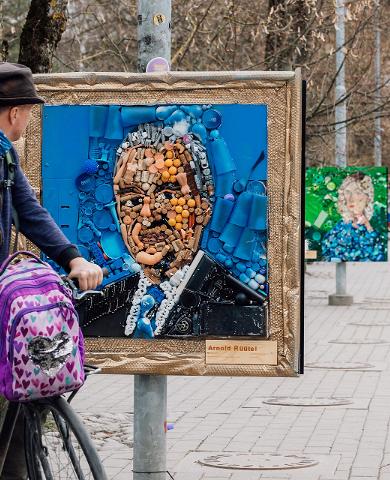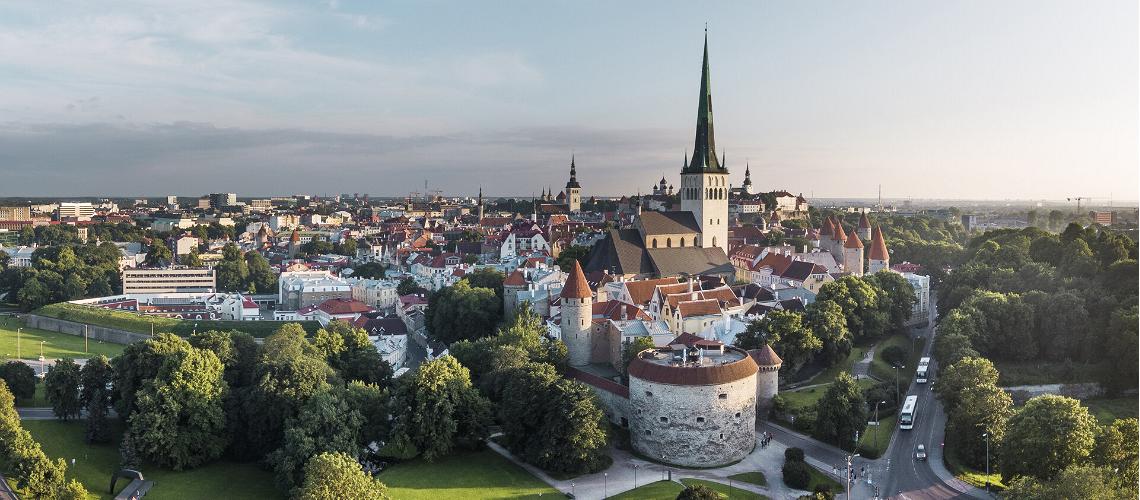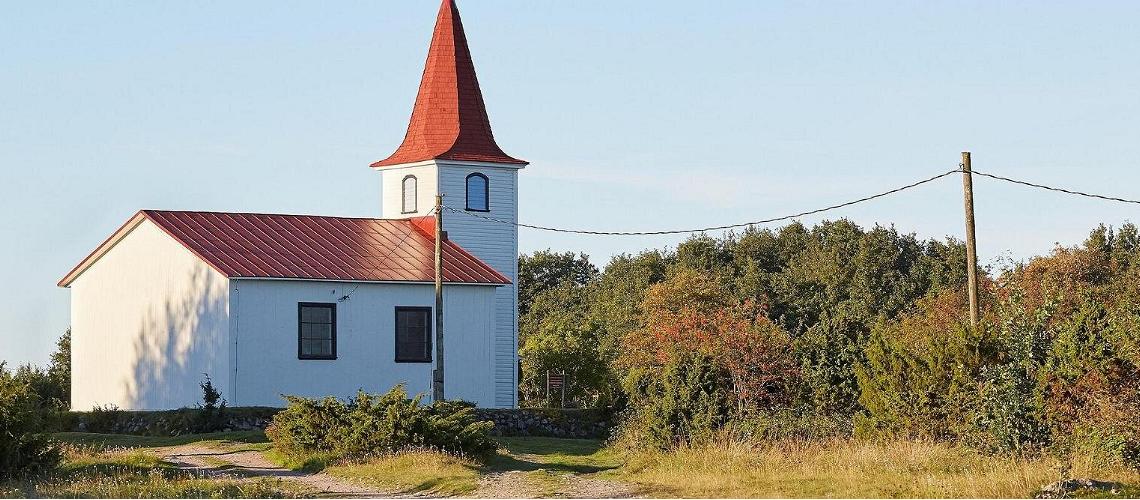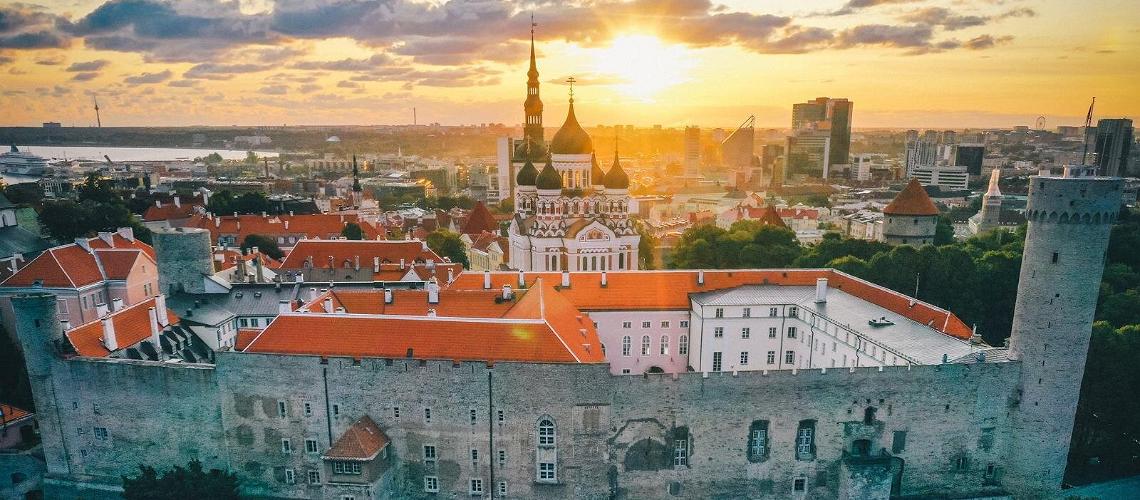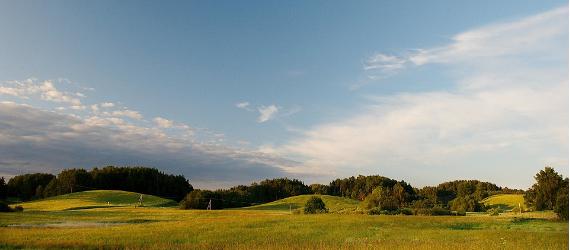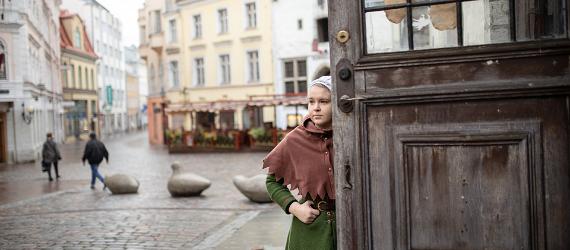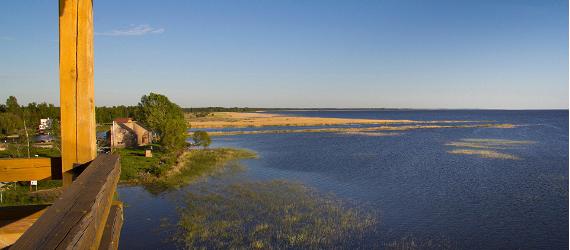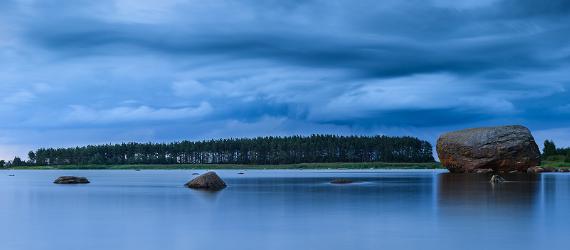Over 400 churches in Estonia are open to visitors. Some are medieval marvels soaring above the city; others are humble houses of worship. All of them show the importance of organized religion in Estonian history. Yet, if you ask the average Estonian today about their church attendance, you might be met with a quizzical look.
The 2011 census found that 65 percent of the Estonian-speaking population considered themselves non-religious. Of those who practice, most are Christians, with Lutheranism and Eastern Orthodoxy being the most common religious affiliations. But spirituality still plays a role in Estonia today, even if it doesn't always involve a formal service between four walls.
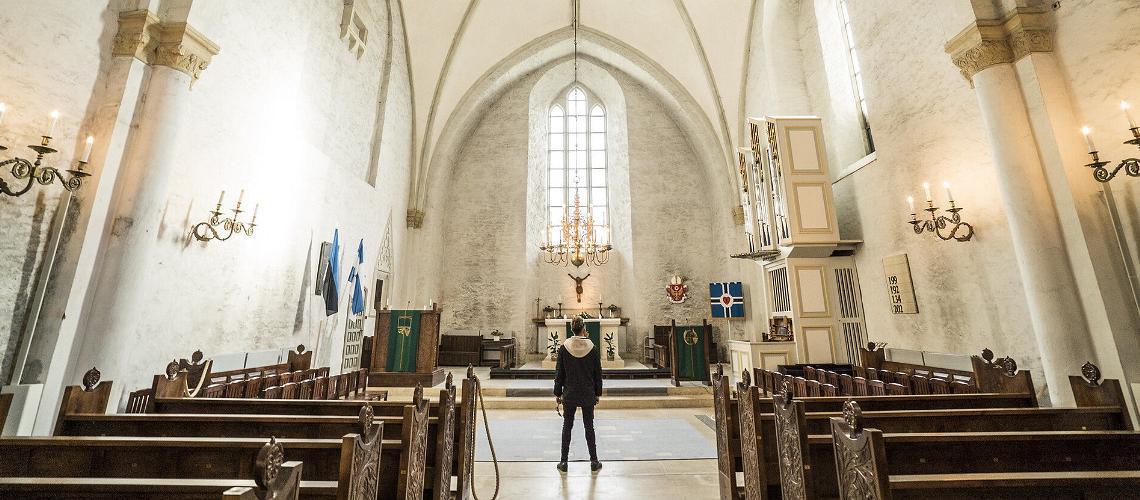
Spirituality, rather than organized religion, plays an important role in Estonian culture.
Photo by: Alari Teede
A visit to a church lets you peek inside the inner workings of the local community, learn about life in the past, or discover the culture of modern-day ethnic and religious minorities. More adventurous visitors, spiritually minded or not, can even hike the Camino Estonia, a pilgrimage route linking Estonia to the famous Camino de Santiago.
Tallinn's most iconic churches
Visitors to Tallinn will notice several stunning churches dotting the city's skyline. The towering spire that stands as a symbol of Tallinn belongs to St. Olaf's Church, the city's largest medieval structure. It was first mentioned in the 13th century, though lighting strikes caused the building to burn down completely at three different points in history. You can get your steps in by climbing the tower to the observation platform where you'll be rewarded with a magnificent city view.
Another prominent feature on the Tallinn skyline is St. Mary's Cathedral, also known as the Dome Church. High-profile burials took place here, including the burial of the daughter of the Swedish king, Johann the Third. Great views of Tallinn can be had by climbing the bell tower. Nearby you can find Alexander Nevsky Cathedral's onion-shaped domes, another iconic feature of the Tallinn skyline. This Russian Orthodox church was built in 1900 when Estonia was part of the Czarist Empire.
For an in-depth look at Estonia's ecclesiastical history, visit Niguliste Museum, housed in what was once Niguliste Church. There you can see Tallinn's most famous work of art, Bernt Notke's Danse Macabre. Bernt Notke also created the altar in the Church of the Holy Spirit in the 15th century, though the church dates back to the 1300s. This is where the first Estonian-language sermons were held after the Reformation. The 1535 catechism published by the church's pastor is considered the first book ever published in Estonian. The museum recently opened a glass elevator to take visitors up the church tower to the observation deck where you can enjoy 360° views of the city skyline.
Notable island churches
- St. Olav's Church on Vormsi dates back to the 1300s. When the Coastal Swedes left the island after World War II, the church remained unused until 1990. The church cemetery is filled with wheel crosses, a unique sight in Estonia.
- Ruhnu is home to the oldest wooden church — and oldest wooden building — in Estonia, St. Madeline's Church. This building dates back to 1643, though, like the church on Vormsi, it went unused after the Coastal Swedes left. It was reconsecrated in 1999.
- Prangli has one of the smallest wooden churches in the country. St. Laurentius Church was completed in 1848, but it's likely a chapel stood in that location centuries before.
Seto churches in South Estonia
Setomaa (the land of the Setos) was divided in two after the collapse of the Soviet Union and the re-independence of Estonia. Most Setos chose to live on the Estonian side of the border — Seto, like Estonian, is a Finno-Ugric language — though they practice Orthodox Christianity. The Värska Orthodox Church features an ornate iconostasis and many handcrafted sacred items. Saatse Church is associated with the only saint of Seto background, St. Stefanus, a parish priest who was shot in 1919.
The prayer houses near Lake Peipsi
On the shores of Lake Peipsi you can visit the prayer houses built by Old Believers. After fleeing Russia in the 17th century to avoid religious persecution, Old Believers built their first prayer house in Kükita in 1740. The current building replaced one destroyed in World War II. The Varnja Old Believer Prayer House can be visited by arranging a tour — the guide is a local congregation member and offers insights into the culture and history of Estonian Old Believers. Prayer services are usually closed to outsiders, so the Kolkja Museum of Old Believers has created a virtual reality experience that allows visitors to participate in a service at the Great Kolkja Prayer House.
The Camino Estonia
Long-distance hikers or religious pilgrims may want to strap on their hiking boots to explore the Camino Estonia. This route begins at the Dome Church in Tallinn and heads south. The leg of the trail that crosses the border at Ikla connects hikers to the Baltic Coastal Hiking Route. If you've got the stamina, you can follow it to the Lithuanian border town of Nida.
Where to find out more about churches in Estonia
The Estonian Council of Churches has created a website to consolidate information on the country's churches, including an entire section dedicated to churches offering accommodation. Regardless of your religious beliefs, Estonian churches are worth a visit for their historical, cultural, and architectural importance.






